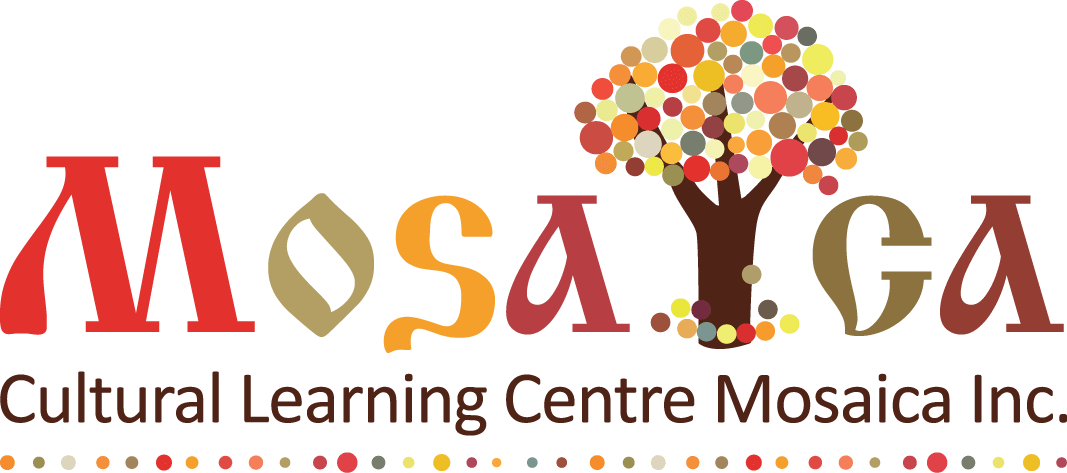
Mosaica Centre
In our Russian Cultural Learning Centre, Mosaica in Perth, our basic aims are to encourage and preserve Russian culture, language, art and folk tradition through training children and adults in Russian folk music and dance, teaching Russian language and organizing cultural and art events. Our school runs classes in Russian language for children aged from 1 to 12 years old. Our classes are based on a combination of old school methods, based on 10 centuries of Russian history, while also taking into account modern educational theories. While our main aim is to teach Russian language, we also try to create an interest in Russian culture through the use of Russian folk music, dance and games.
The best examples of Russian folk practice are called PESTUSHKI and HOROVOD. The word, Pestushki itself is very old and means nursing and growing a child from his first days. Pestushki are small poems, rhymes and acapella songs that are very rhythmical with singing of vowels, structured by syllables, accompanied by the mother’s movements, touching the baby, light massage in accordance with idea of the text. Traditionally at home the movements are done by a mother to her child, in school a teacher leads this process and sings to the children. Pestushki are based on rhyming in natural tempo and sound. There are Pestushki for any routine situation – we have rhymes for morning bath, for greeting mum, for encouraging play with a brother or sister, for cooking, dressing, tidying away and much more. Children love to repeat something they have just learned, particularly when it is simple and funny and quite often, after the first class, the children are already singing a Pestushki at home and their parents are very surprised!
With the growing child the Pestuskhi become more complex with more complicated steps to follow and the results are, for example, singing as a group, using correct breathing, holding certain positions and performing together. Through this exchange of knowledge and through a shared love music the language is, on some level, preserved.
The results of using Pestushki during the classes are:
• development of appropriate for age vocabulary;
• development of memory;
• increased emotional dialogue between mother and teacher;
• development of coordination and general motor skills;
• development of easy and comfortable language which forms the perfect base for future speaking;
• stylized explanations of life, routines and feelings;
• admonishments to be kind, brave and happy in everyday life;
• practice in musical hearing, intonation and articulation.
Horovod is Russian traditional folk round-dance that teaches basic concepts of rhythm, repetition, patterning, cues, counting, eye contact and performance. Russian round dances for children (and adults) combine choreography with games for children, and choreography, drama and song for adults. Basically Horovod combine traditional singing with moving in a circle, with hands together. The steps can be fast, slow or just walking, and the traditional steps are Round, Line on line and Spiral. These dances are as ancient as life in Russia, they vary according to the season and historically were organized everywhere and took on different forms wherever they were performed.
The round dance shows the respect of people for the circle of life and for the circle of the year with strong symbolism linking circles with the sun and with magic.
This year our children and adults have taken part in the Harmony Festival, the Lantern Festival as well as several folk festivals and we are happy to present our culture to anyone who is interested in it! We also organize workshops in English to everyone (adults or children) interested in Russian culture.
Irina Yakimenko
Russian Cultural Learning Centre, Perth
